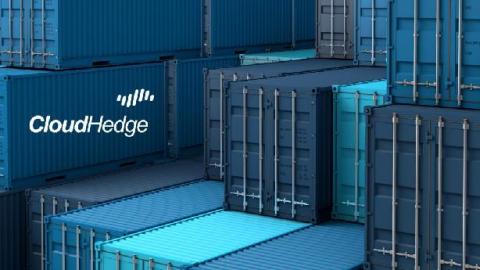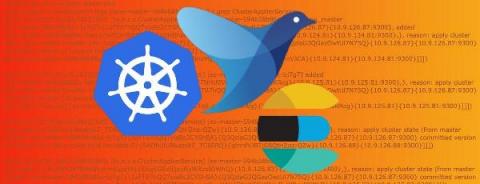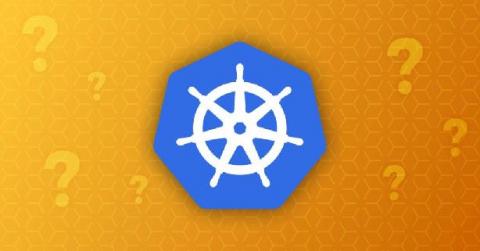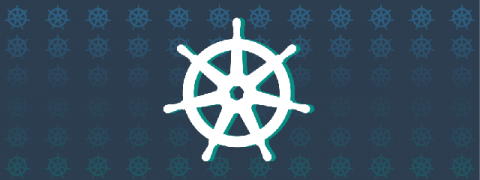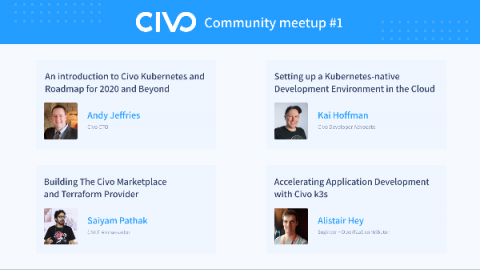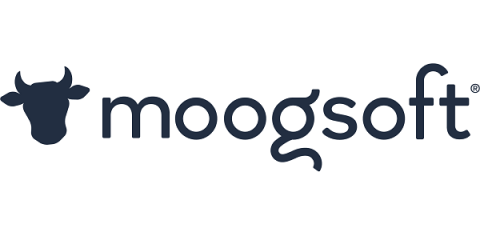An Elevated View of the Tanzu Kubernetes Grid Service Architecture
Before getting started using the Tanzu Kubernetes Grid (TKG) Service for vSphere, it helps to have an understanding of the Kubernetes architecture and the underlying technology that makes it possible. In this post, by starting at the lowest layer and zooming out, we will paint a picture of how all these technologies are interconnected. This is an introduction, not a deep dive, and as such is meant to be a high-level overview for anyone getting started.



